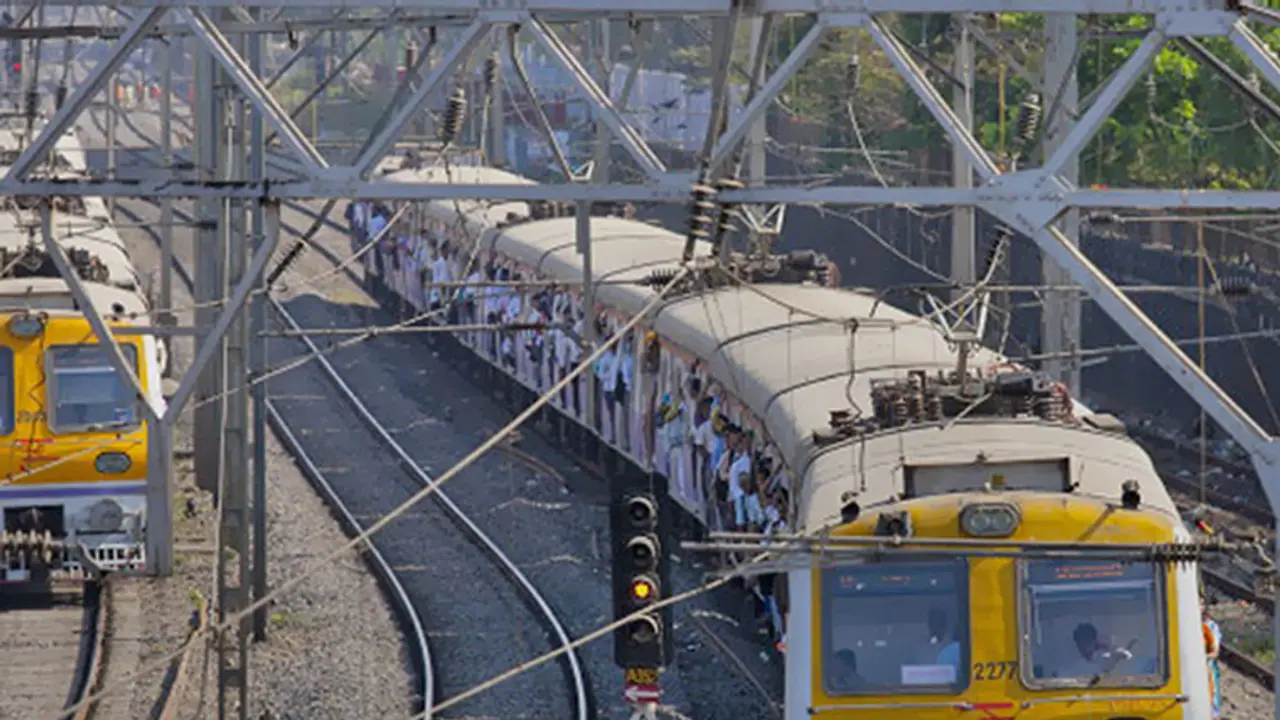Small railway stations exist across the city, with several in proximity to Outer Ring Road. Infrastructure costs for a suburban rail network would be far less than the cost of building a metro system. The State government has demanded the Centre bear a higher chunk of costs for the new MEMU line.
Among all the trivia that a Bengalurean get inundated with, here is one question you may not have heard: did you know that one solution to the city’s traffic mess has been hiding in plain sight all along? Long before the IT hubs came into being at Bellandur, Electronics City, and Hebbal, these places had railway stations.

Currently, suburban train travellers in the city offer a surreal sight: they are few in number but they spend far less on transportation than those of us using fuel-guzzling SUVs or even the harried people riding on creaky BMTC Volvos. However, most of these train commuters rely on long-distance passenger trains, which run on a limited basis compared with dedicated suburban “local” trains.
On January 16, a limited mainline electric multiple unit (MEMU) network began operations along a proposed route connecting Ramanagara, Whitefield and Kuppam to Bangalore City Railway Station. However, the success of the proposed network will be dependent on how the State and Central governments agree on cost-sharing for the project: the Centre has currently agreed to foot only 20% of the project’s bill, which the Siddaramaiah Government has said is not enough.
Approximately 2 lakh people use trains for suburban travel in Bengaluru, while nearly 70 lakh do so in Mumbai daily. RITES, a government-run engineering consultancy, has estimated that nearly 25 lakh commuters can benefit from a suburban rail network in Bengaluru.
The imperatives of an alternate and cheaper means of transportation are obvious: the full-fledged development of Namma Metro will take several years, with cost and land acquisition likely to act as spoilers. Plans for a bus rapid transit system (BRTS) were given a quiet burial by the government in December.
So what are the obvious advantages to building a dedicated suburban rail network?
Infrastructure already exists: Small stations exist at Hebbal, Bellandur, Carmelaram, Whitefield, Hoodi, Yeswantpur and Banaswadi to name a few prominent locations, which interestingly are located in close proximity to Outer Ring Road (ORR) and the IT companies in the area. This minimises infrastructure costs unlike a metro system, which has to start from scratch.
Low risk: Unlike a metro line or BRTS, as much infrastructure is already in place (railway stations, tracks and repair facilities), the only major acquisitions will centre on buying MEMU train units and expansion of facilities. Further, given the need for a timely traffic solution for Bengaluru, a suburban rail network will likely be ready far faster (from the time of project sanction) compared with the Metro.
A ready “pressure valve”: Given political enthusiasm, the ₹26,405 crore Phase 2 of Namma Metro will go ahead, whether commuters agree with it or not! Work on the 72KM stretch is expected to commence in 2017 and will last at least three years. Given the heavy traffic volume on ORR and the need to dig up roads in some areas (such as Whitefield), traffic disruption could worsen in broad swathes of the arterial road. Even a “quick fix” implementation of an enhanced MEMU network can help ease pressure on ORR during the construction phase of Phase 2.
Also read: Everything you need to know about Bengaluru's new 'local' trains
However, there are certain factors that could act as spoilers on a proposed suburban network:
State-Centre relations: Since the Railways are a Central subject and a matter of great political prestige, getting sanctions and funding for new projects is easier said than done. The situation gets worse if rival parties are ruling in both places as is the case at present.
Poor facilities at most smaller stations: Most of the smaller stations such as Carmelaram and Hebbal have suffered from neglect given the relatively low volume of train traffic. Foot overbridges, parking facilities, ticket counters and even connectivity to main roads are limited at most of these stations. For example, a traveller from Majestic can reach Devanahalli, the station nearest to the Airport, in about an hour. However, he then has no means of organised connectivity options to the Airport.
